The revised Mercedes-Benz S-Class will be the most advanced autonomous model on sale when it arrives in autumn this year.
The car has now been revealed. Click here for more
Due to make its appearance at the Shanghai motor show next week, Autocar has been given a sneak peek of the car which confirms that aesthetic changes are only minor and include new front and rear bumpers and headlights. There is also a new grille design, integrated exhausts and ultra-range LEDS. Inside, the car features fully bonded optic glass across two 12.3-inch display screens.
Mercedes-Benz S400d 4Matic review
According to Kirk Petzer, S-Class product boss, the subtle design changes were done “wisely and sensitively” following customer feedback on the existing model.
The most notable developments to the S-Class surround its driver assistance systems, particularly those which facilitate advanced autonomous capabilities.
The systems include a newly developed Active Distance function that provides fully autonomous acceleration and braking over any given journey programmed into its sat-nav, in conjunction with an updated Active Speed Limit Assist system.
A revised Distronic cruise control system, which Mercedes says will eventually filter down into all of its future models, offers a new autonomous driving function that promises improved safety as well as a set-and-forget speed limit function which strictly adheres to both posted and temporary speed limits, whether in town, country roads or on the motorway.
Crucially, it is able to autonomously adjust the speed according to the route, braking for corners, decelerating when approaching motorway exits and stopping when the driver indicates to turn across the path of oncoming traffic.
Supporting the Distronic system is a new series of graphics, both within the instrument cluster and within the optional head up display unit.
The new optional driver assistance system, which is accessed via buttons on a newly designed multi-function steering wheel rather than Mercedes-Benz’s traditional cruise control stalk, relies on an upgraded stereo camera mounted within the windscreen, with the two lenses moved further apart for improved definition, to scan road signs. It also uses an improved long-range radar system capable of operating at up to 250 metres in front of the car to support the driver and autonomously stop the S-Class if it detects an obstacle.

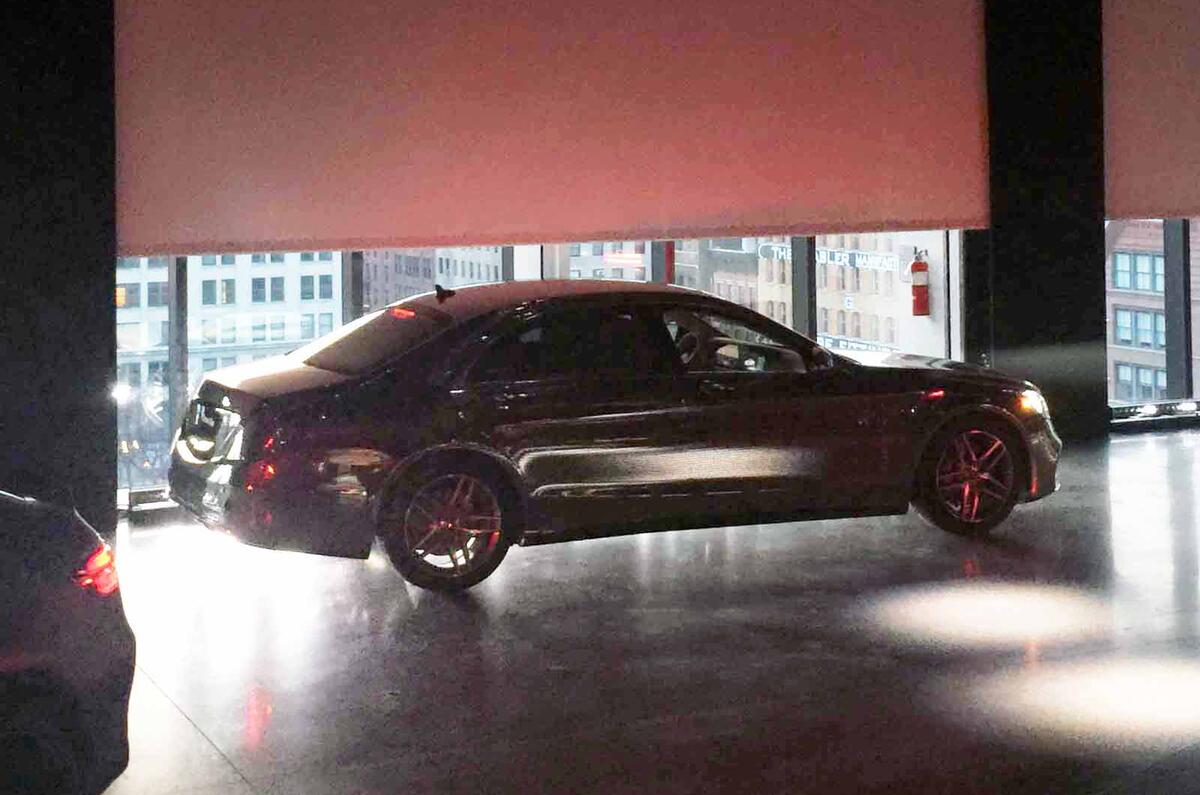

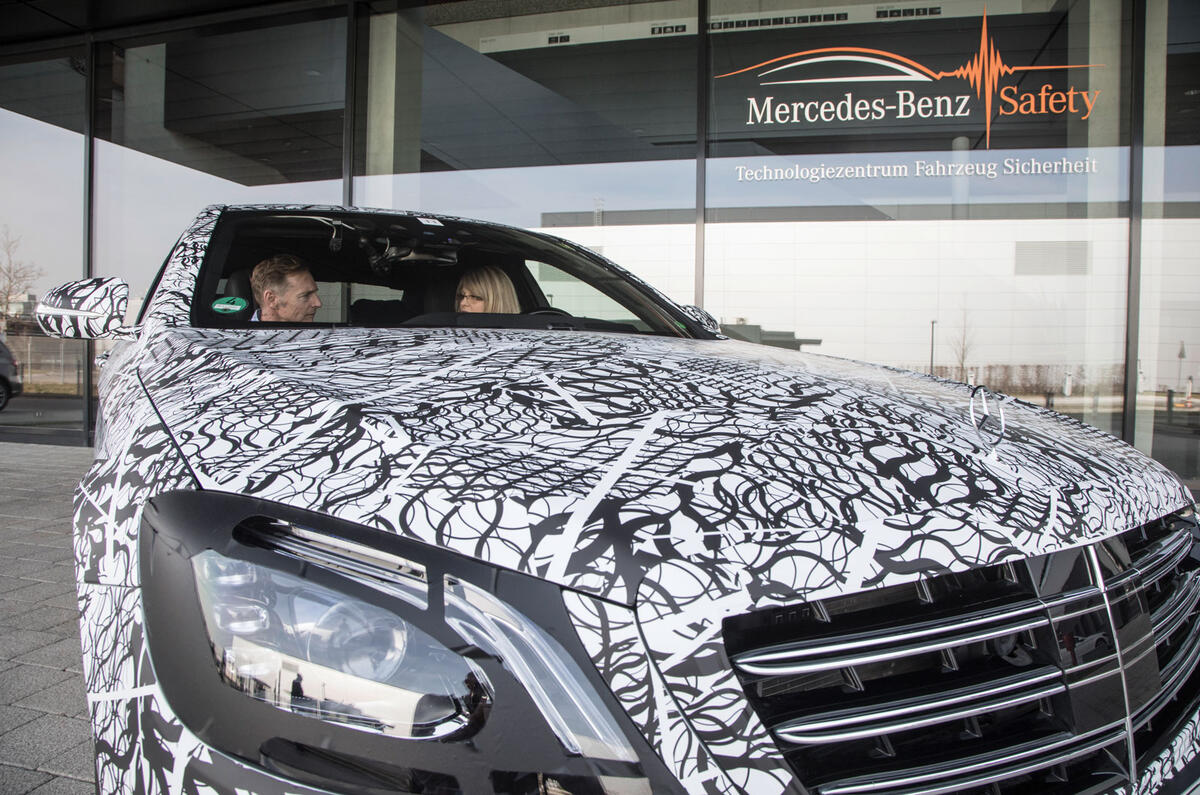
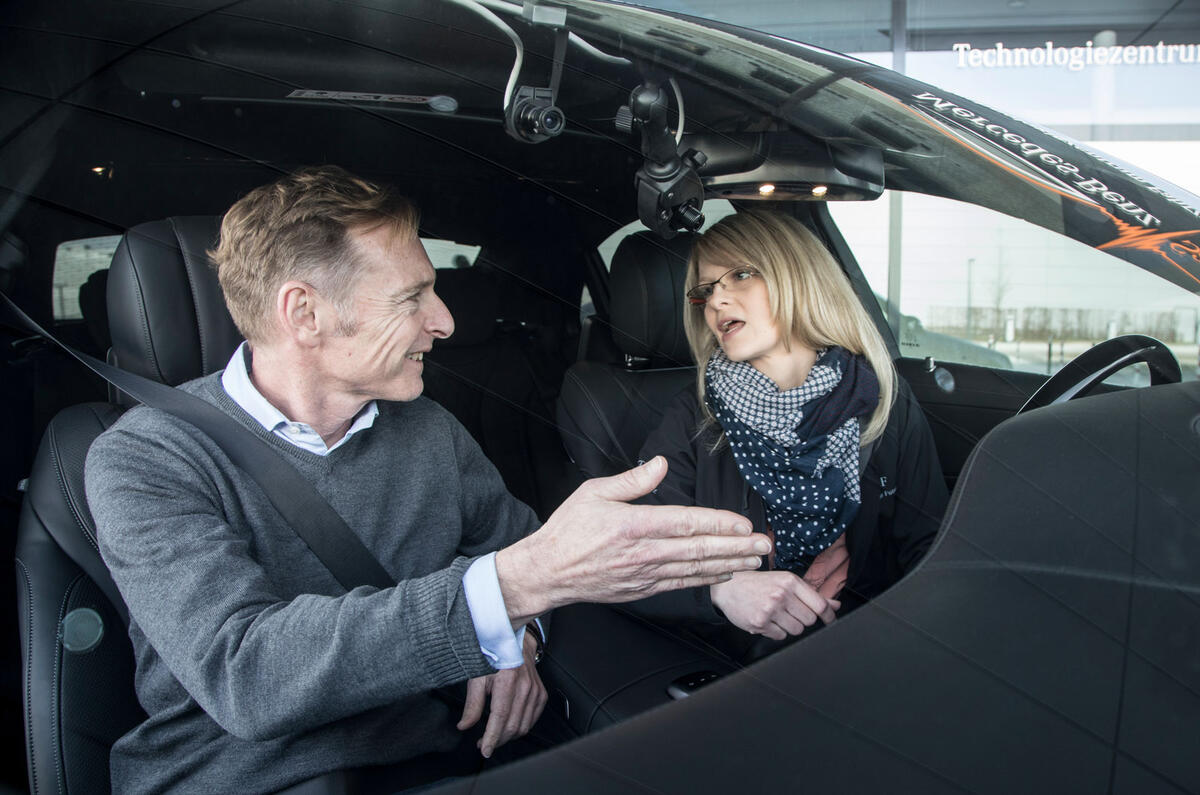
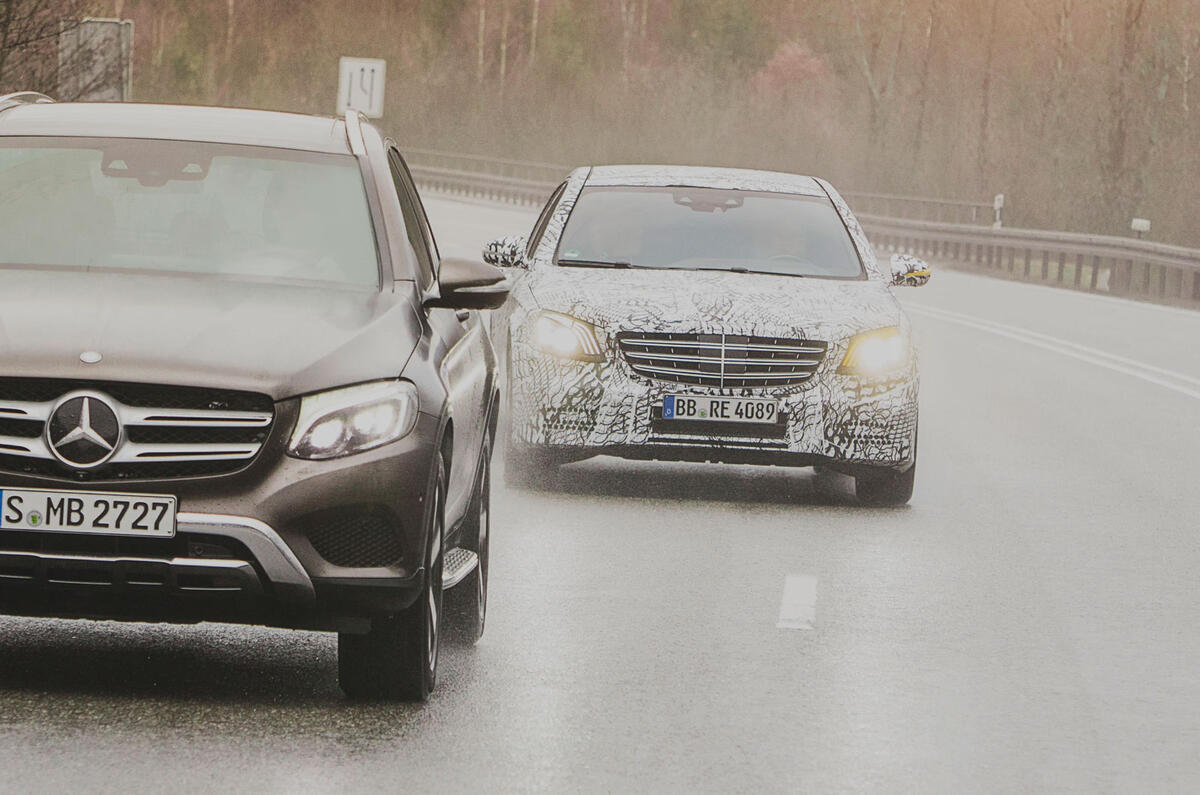
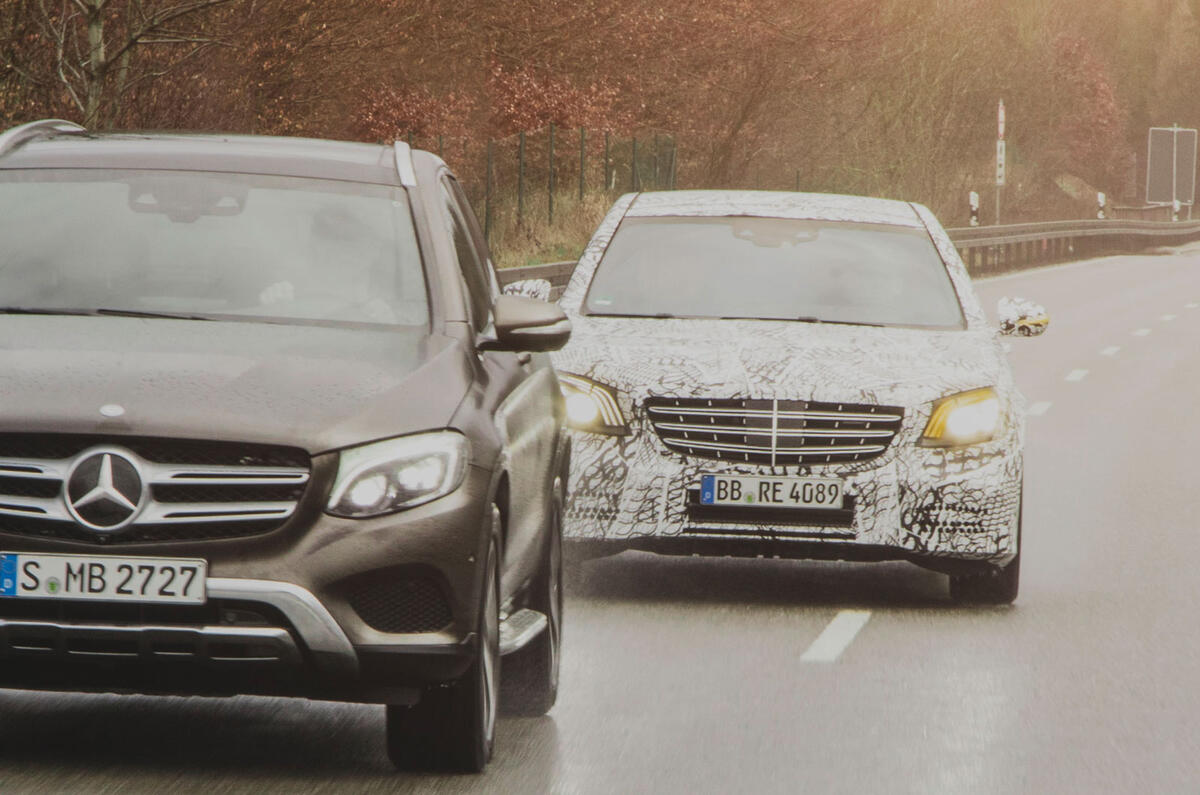
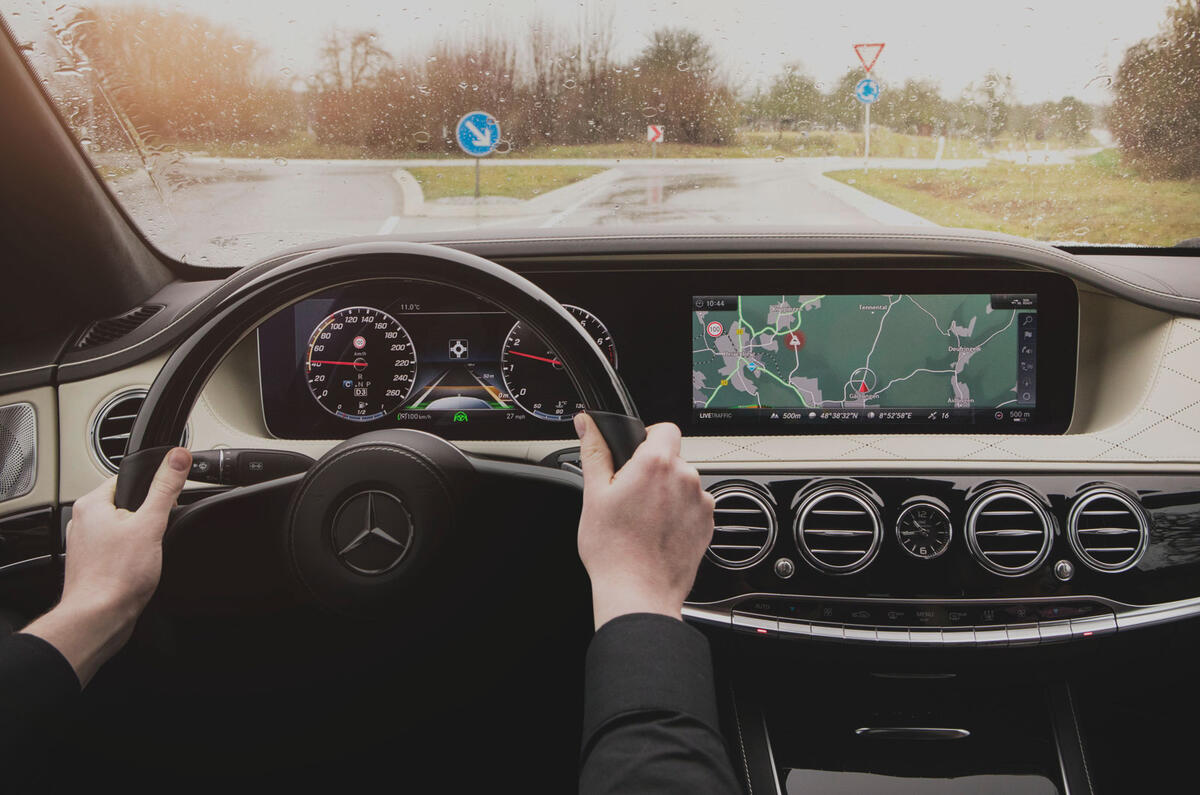
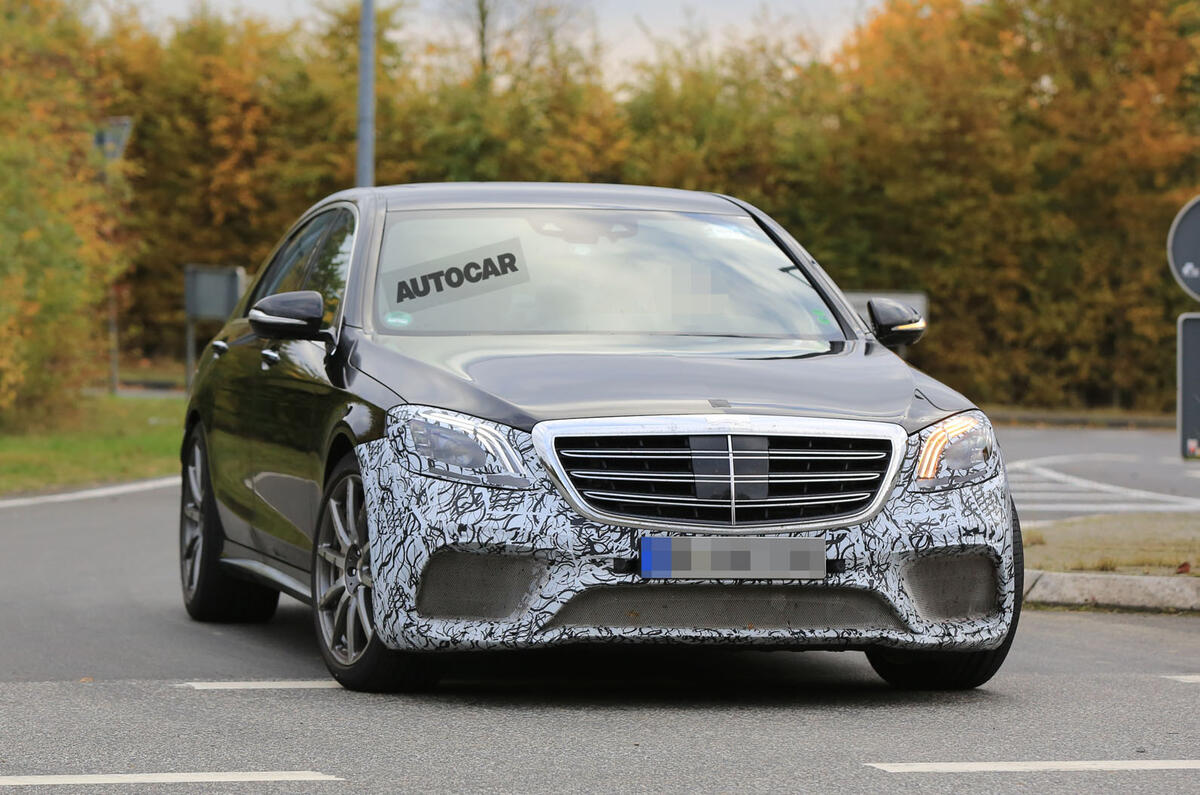
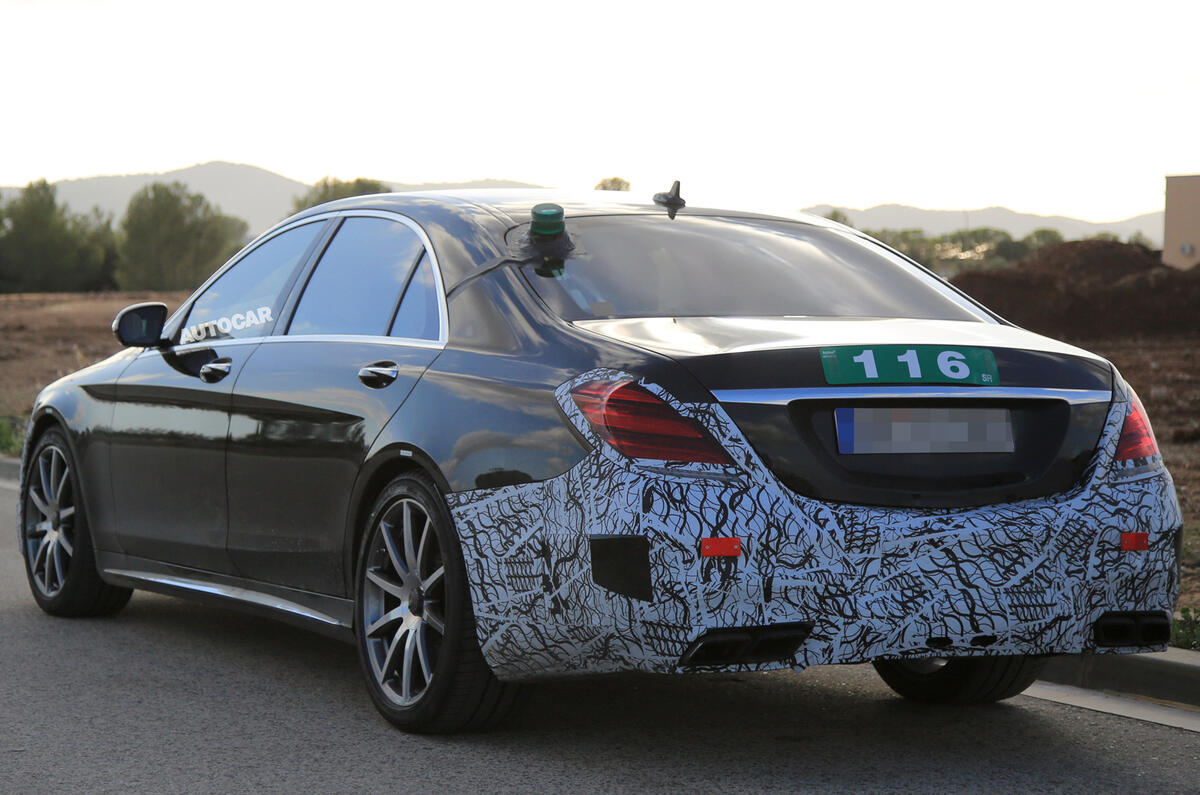
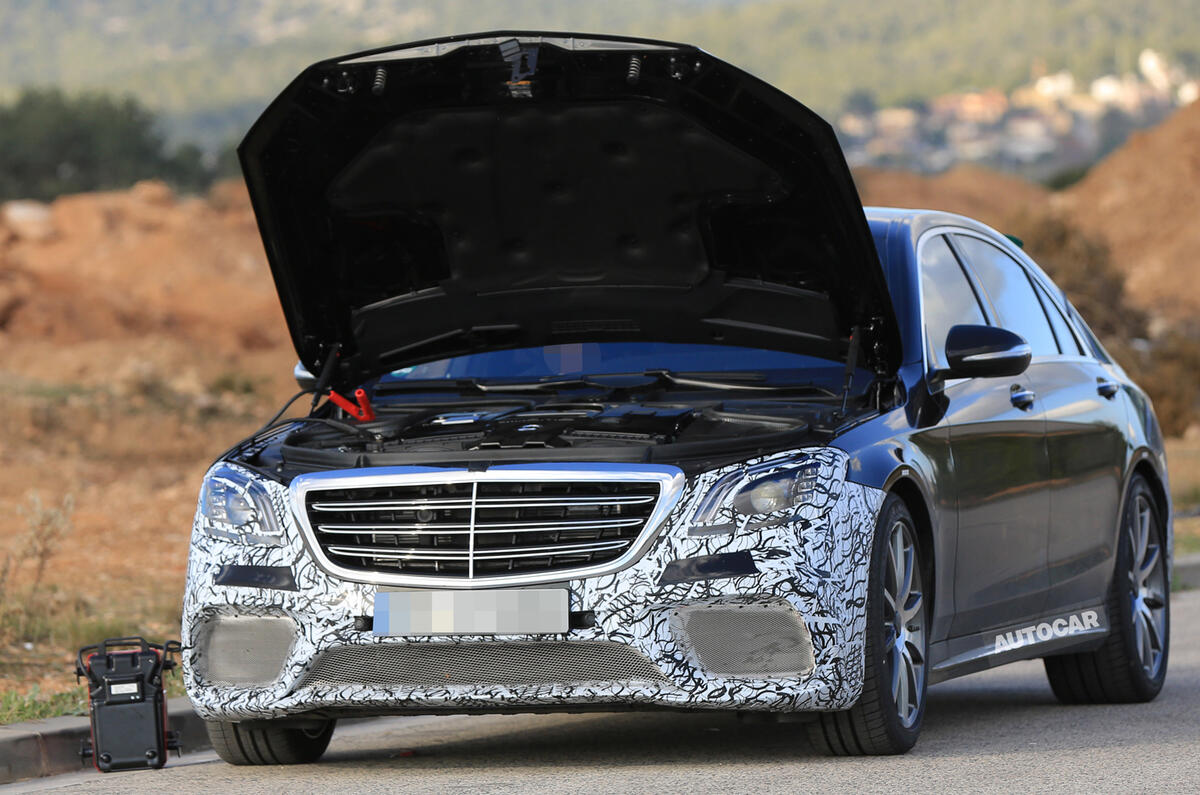
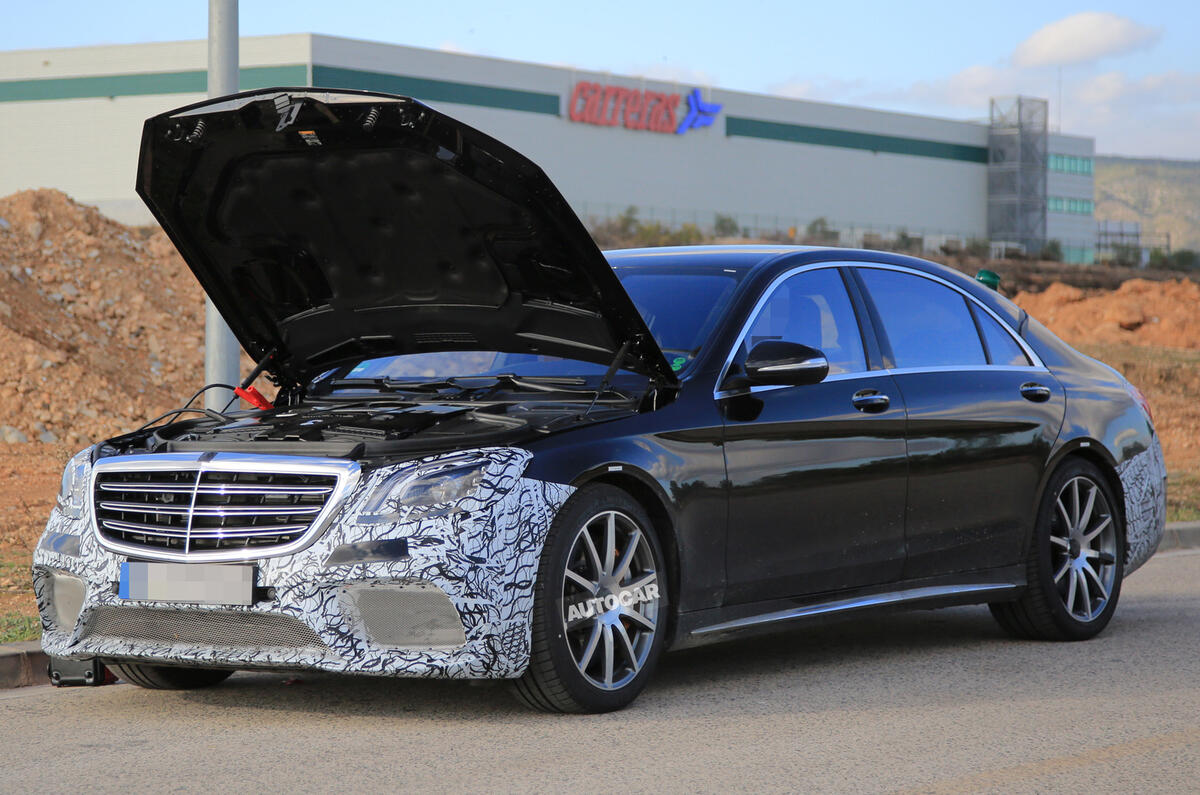
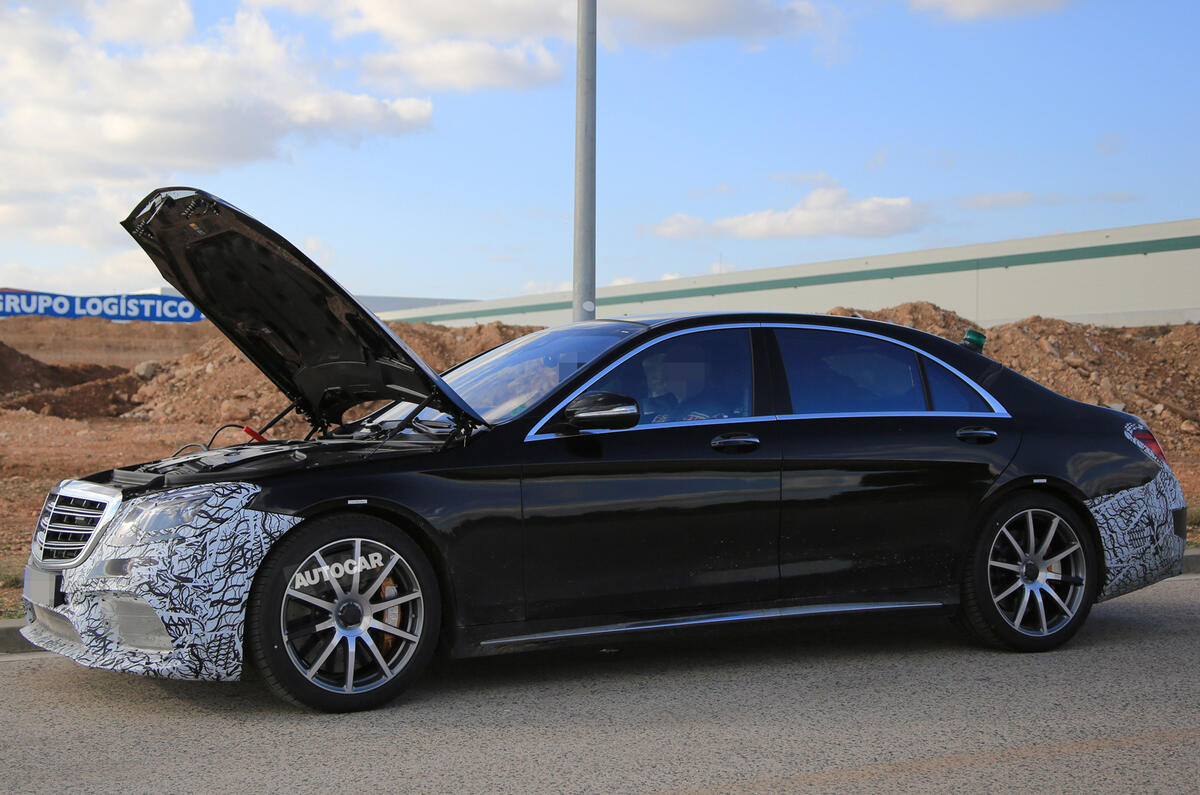
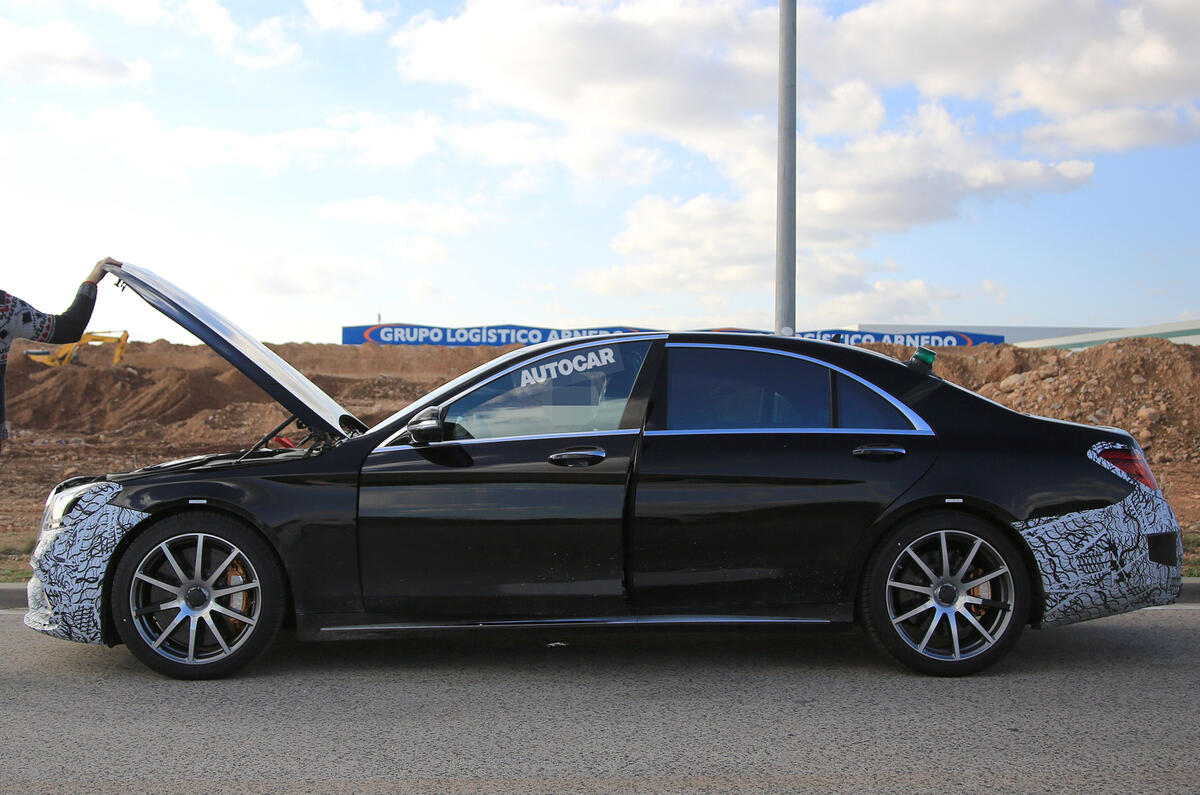


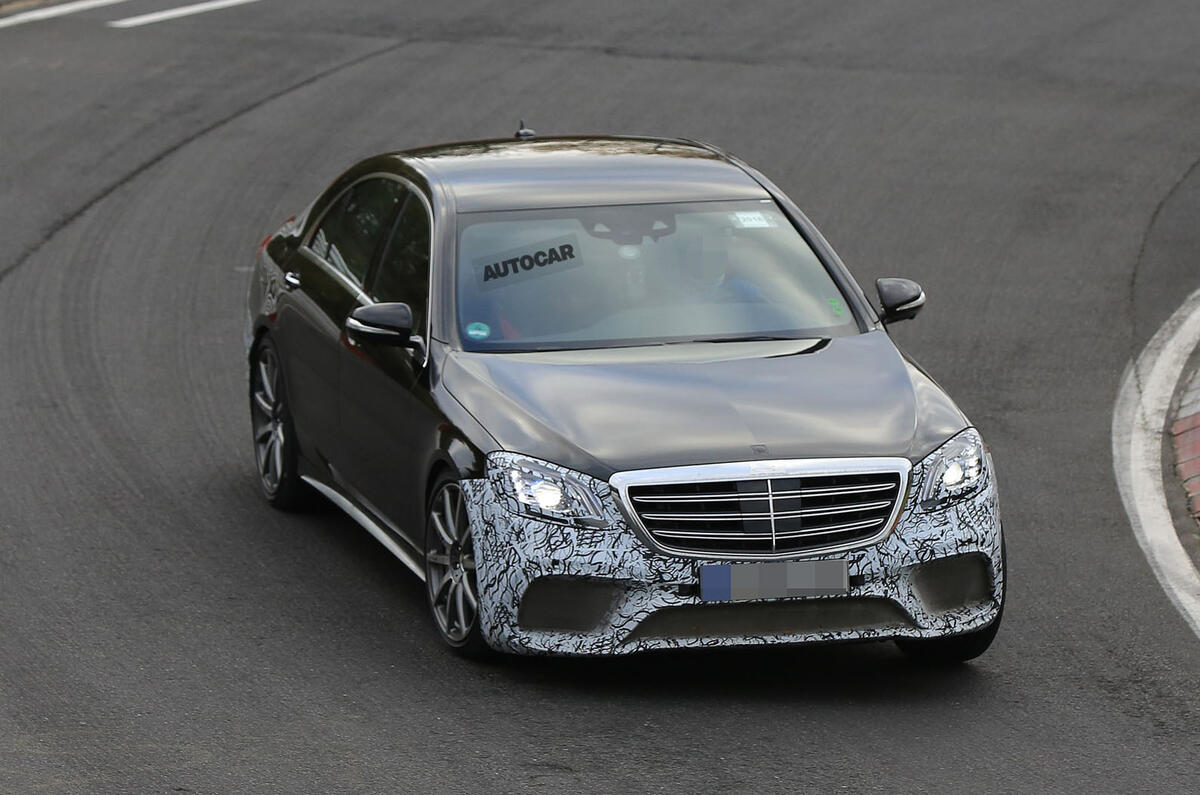

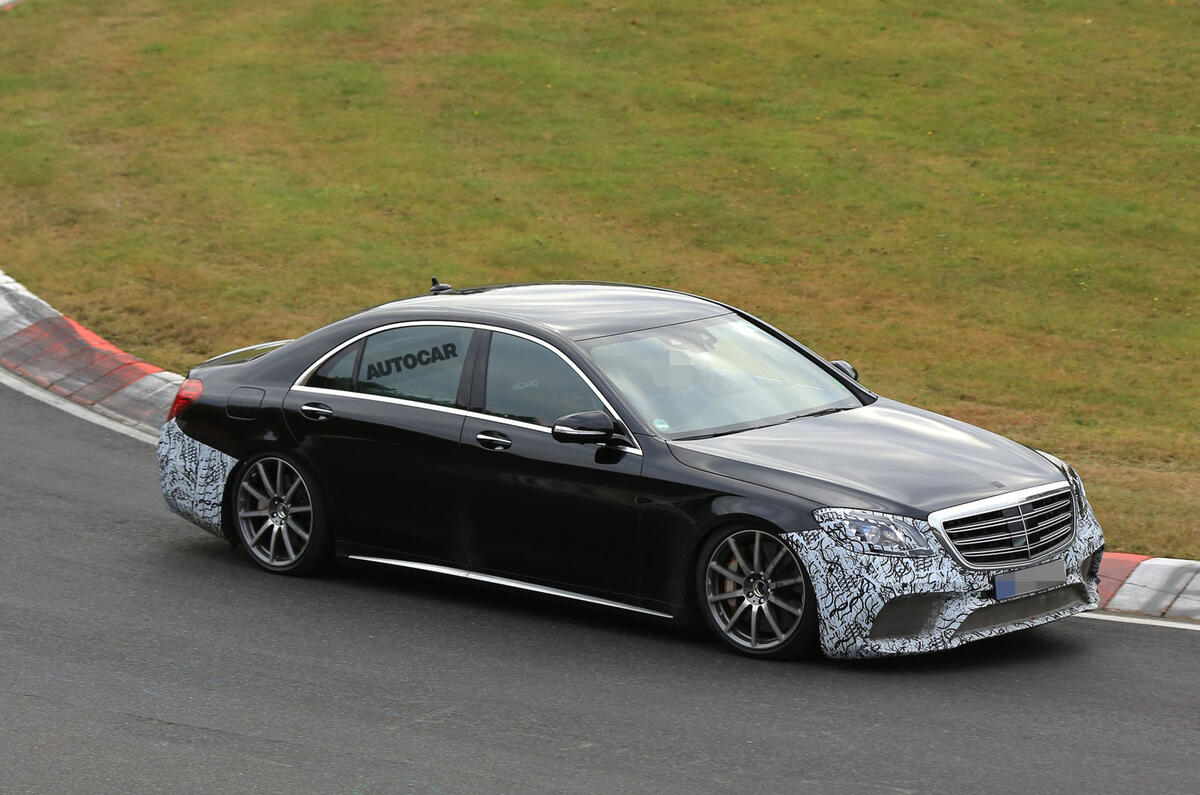
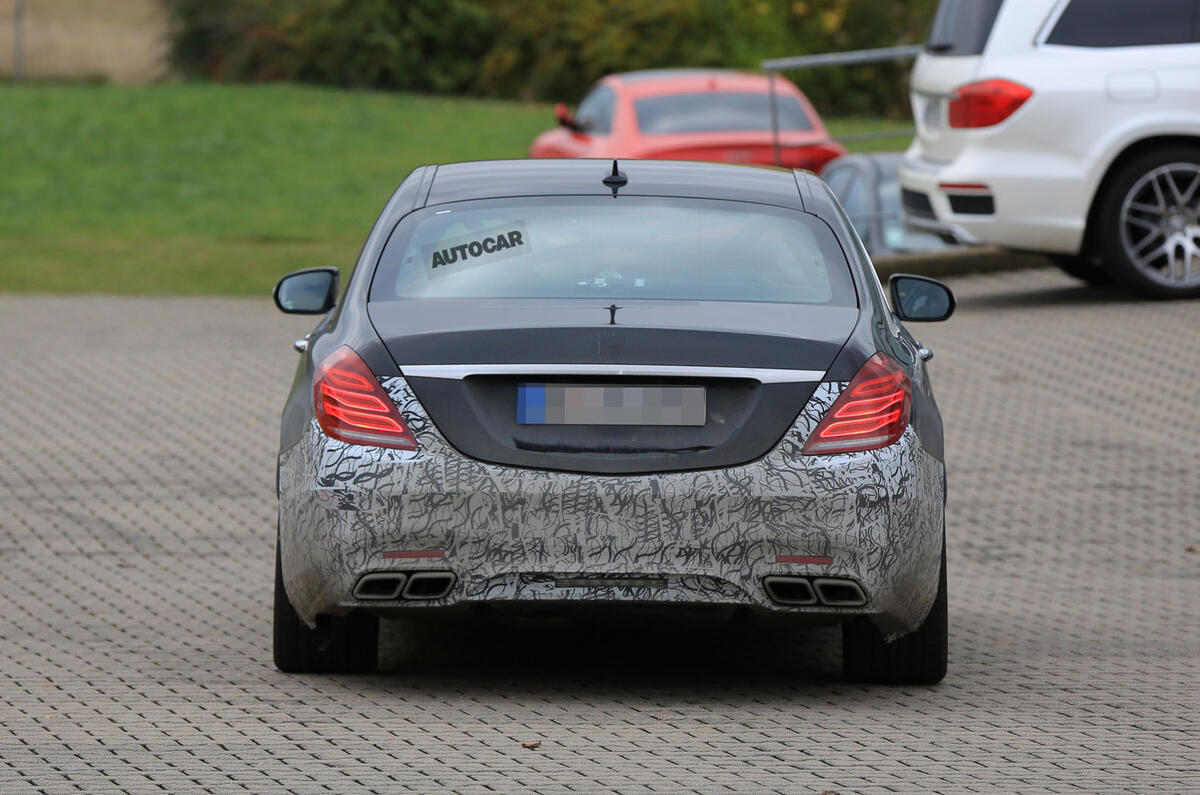
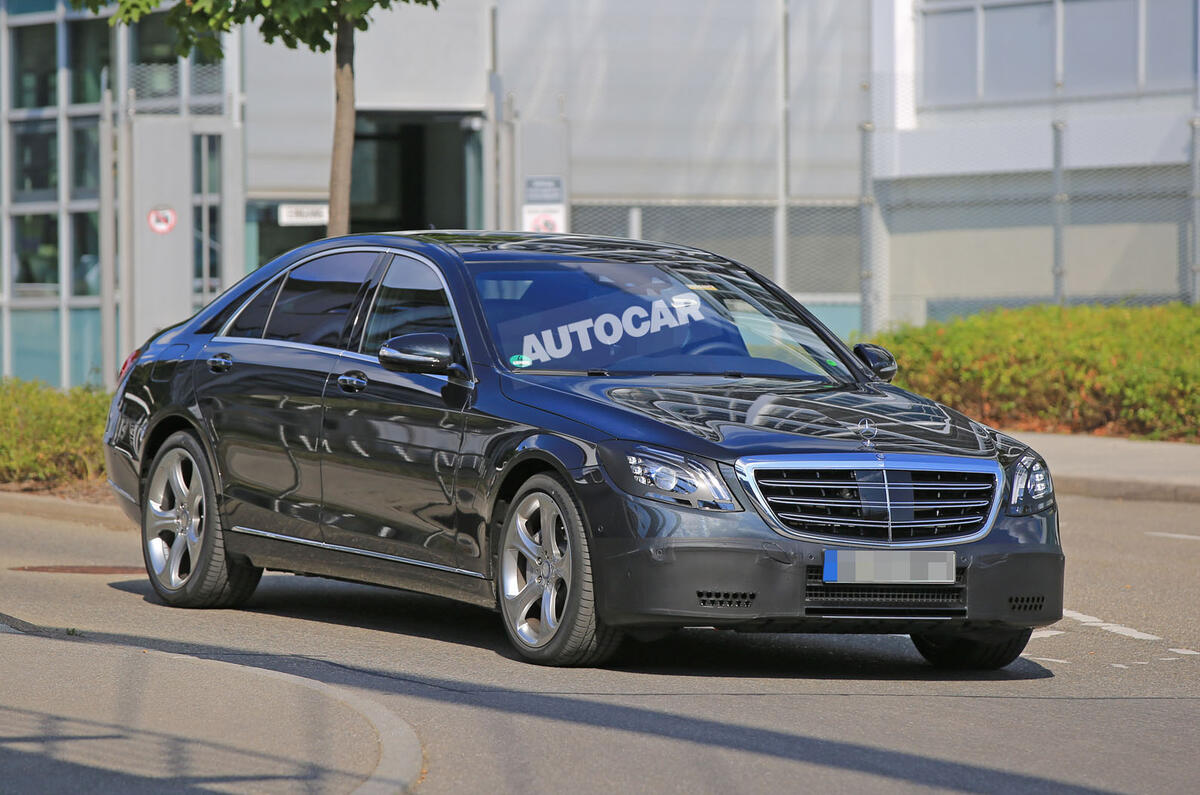


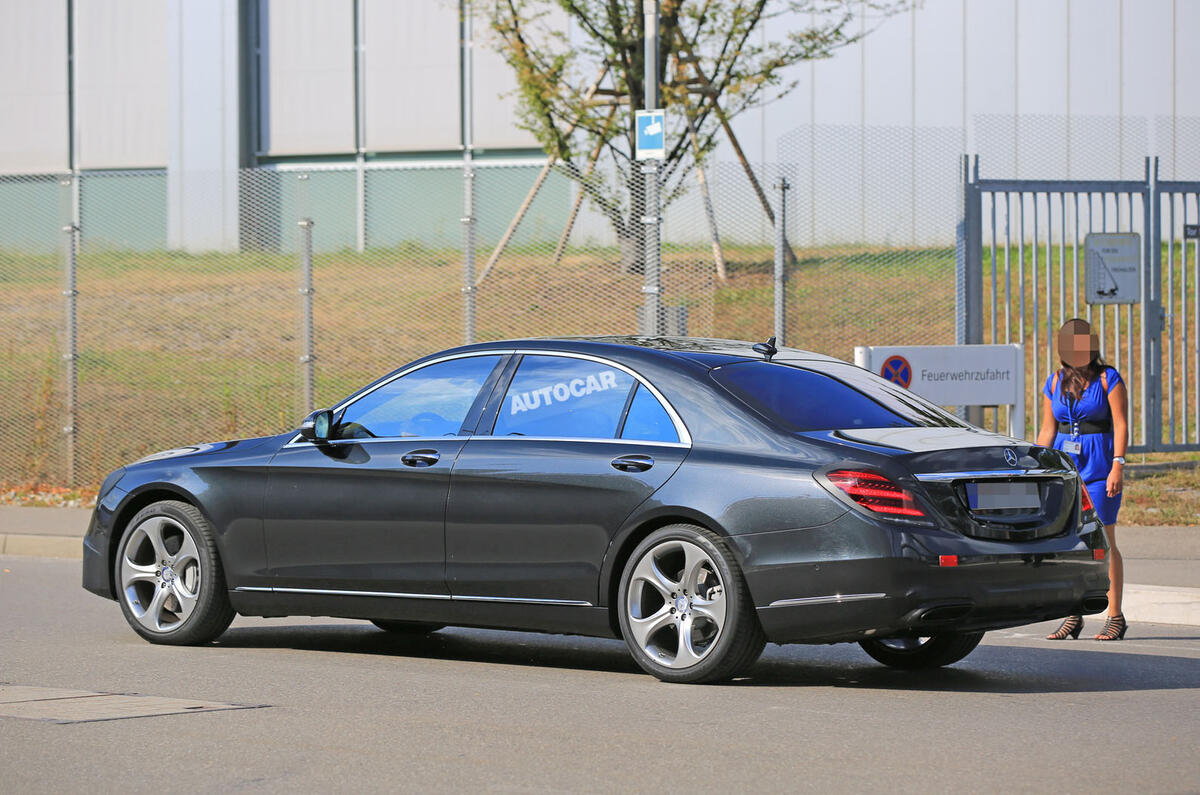
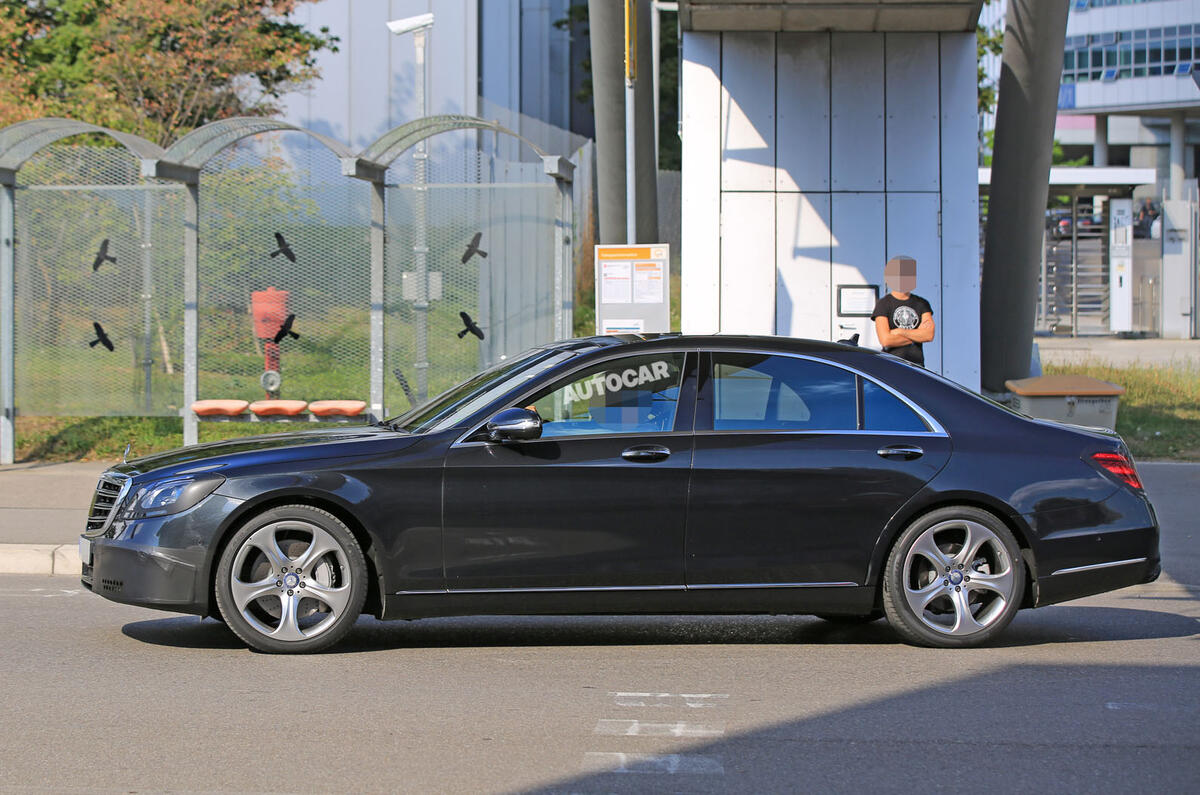
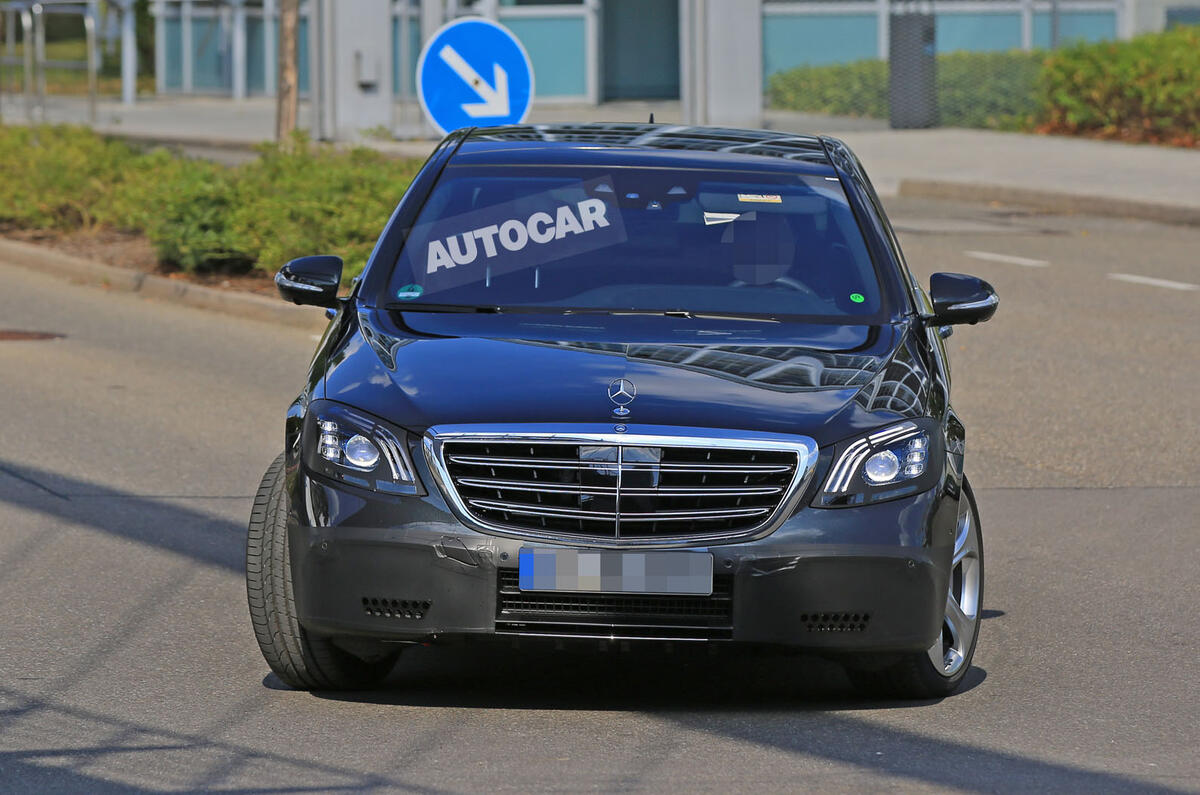

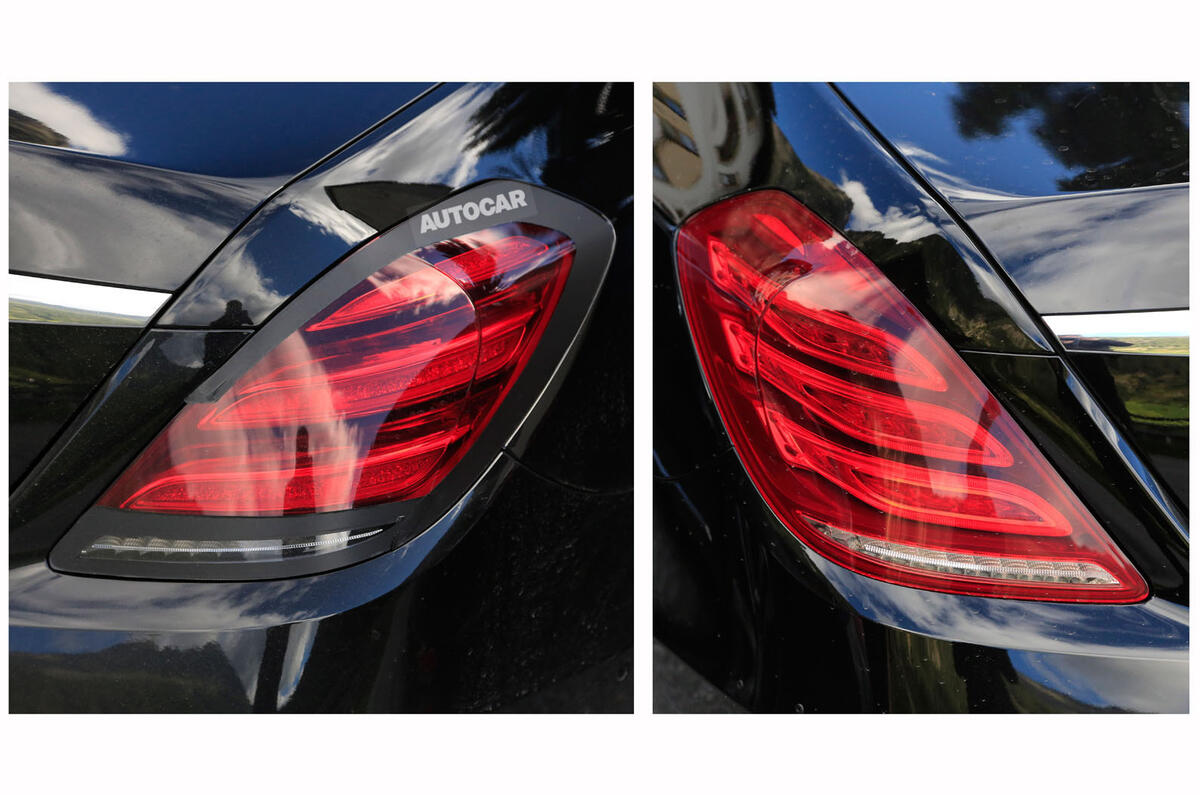
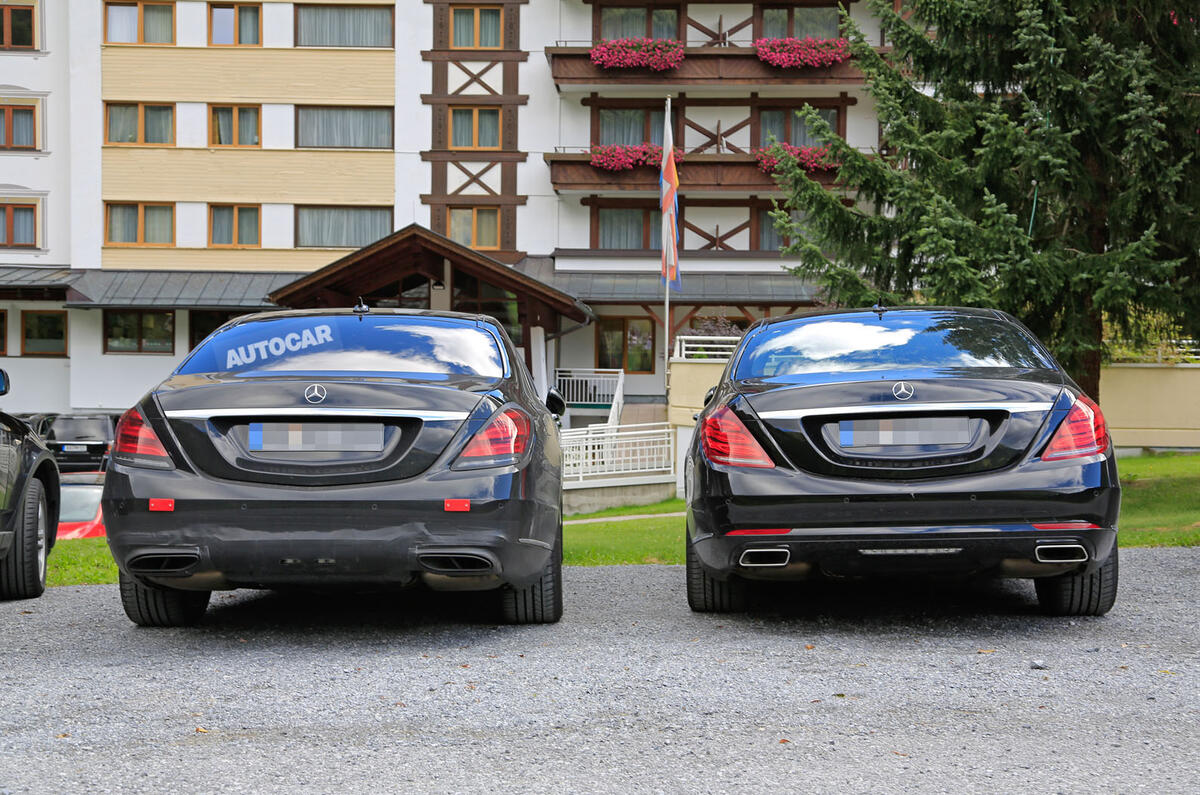
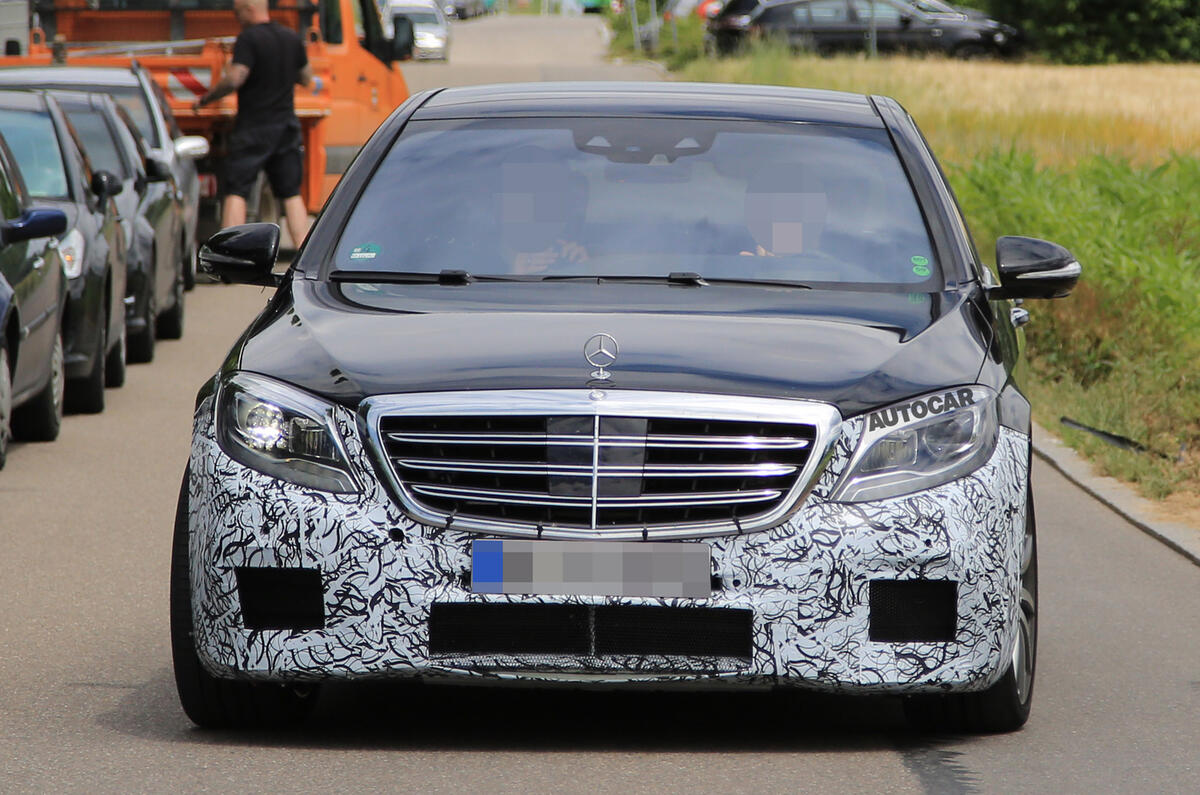
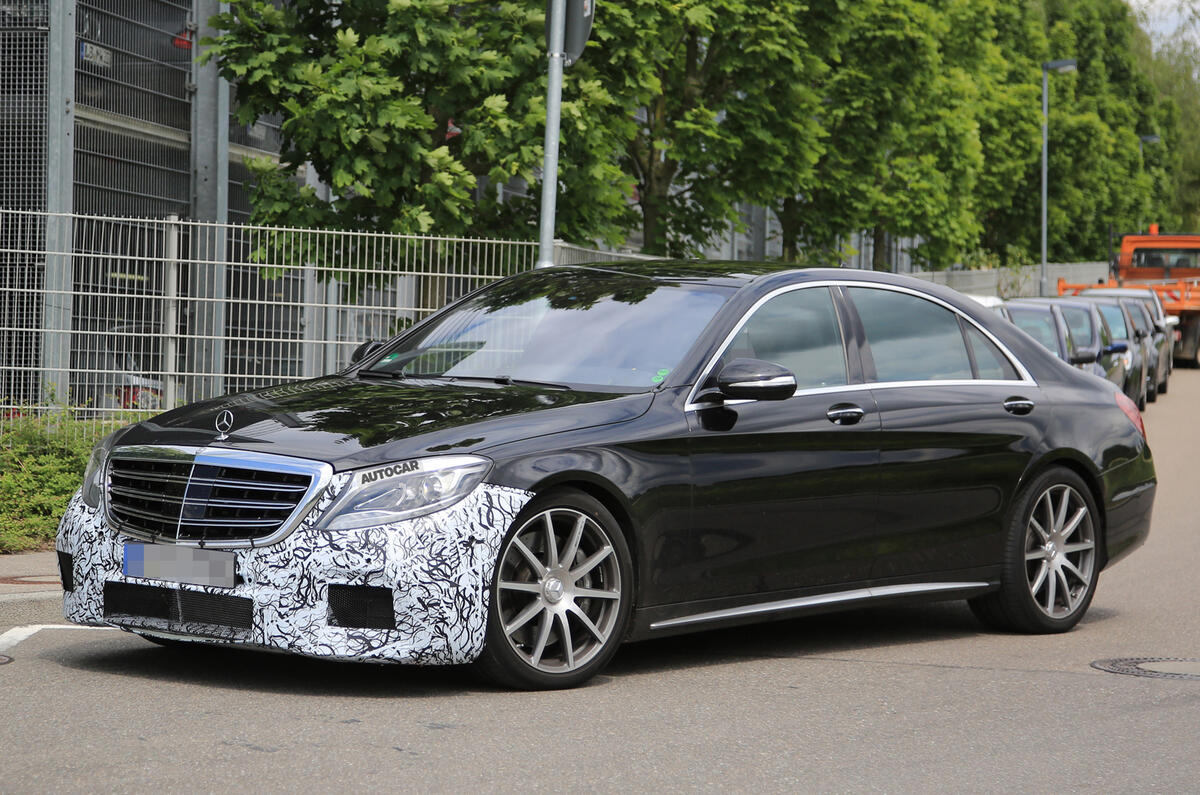
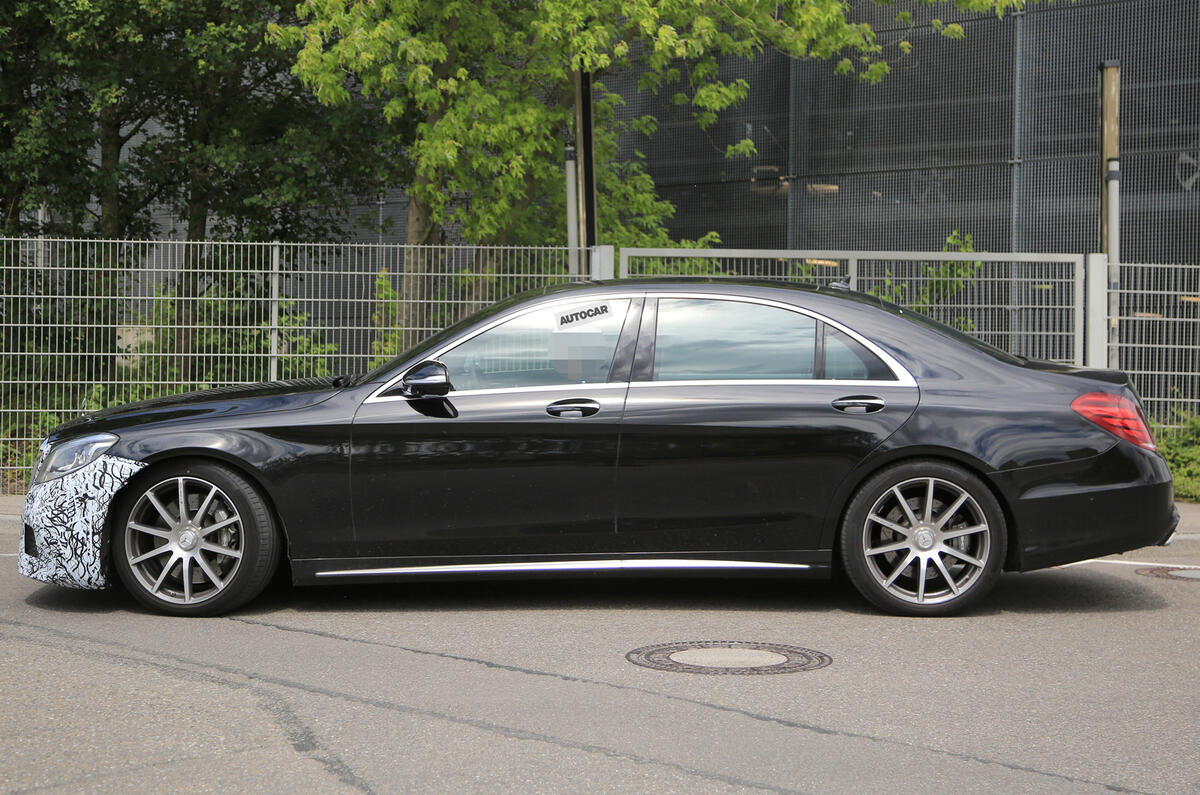
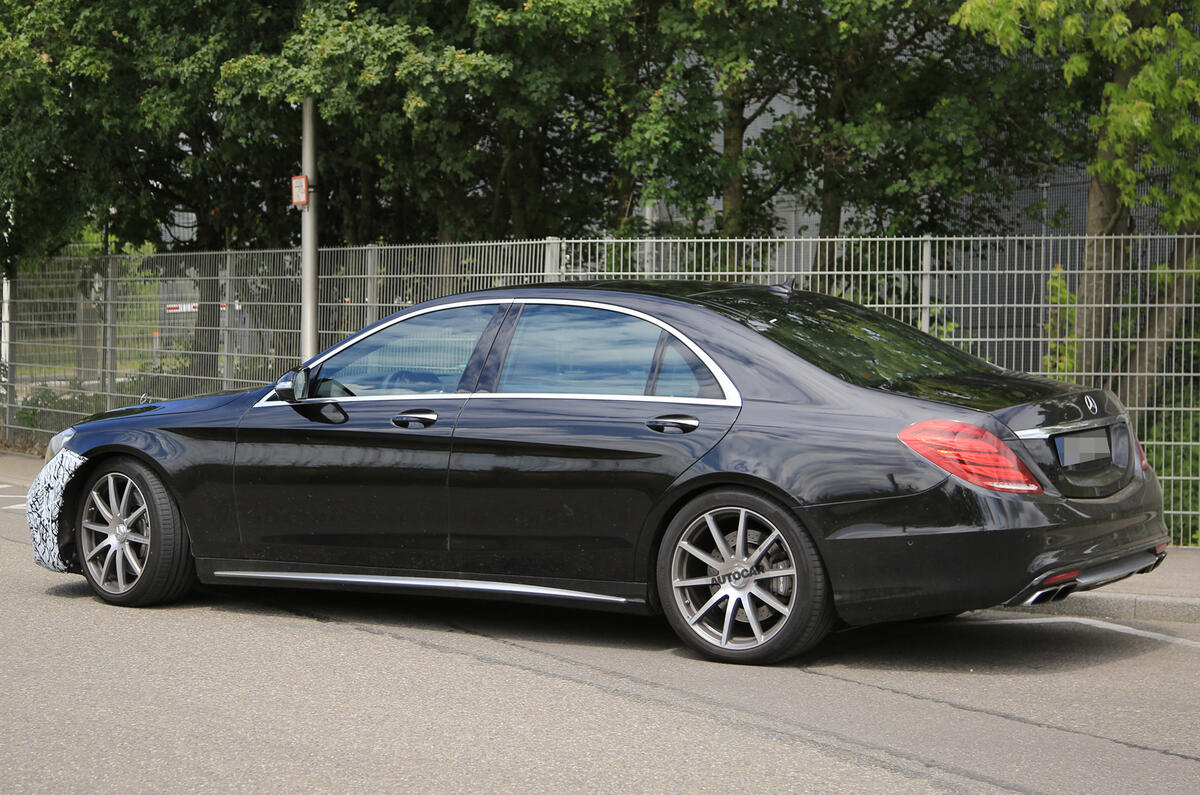
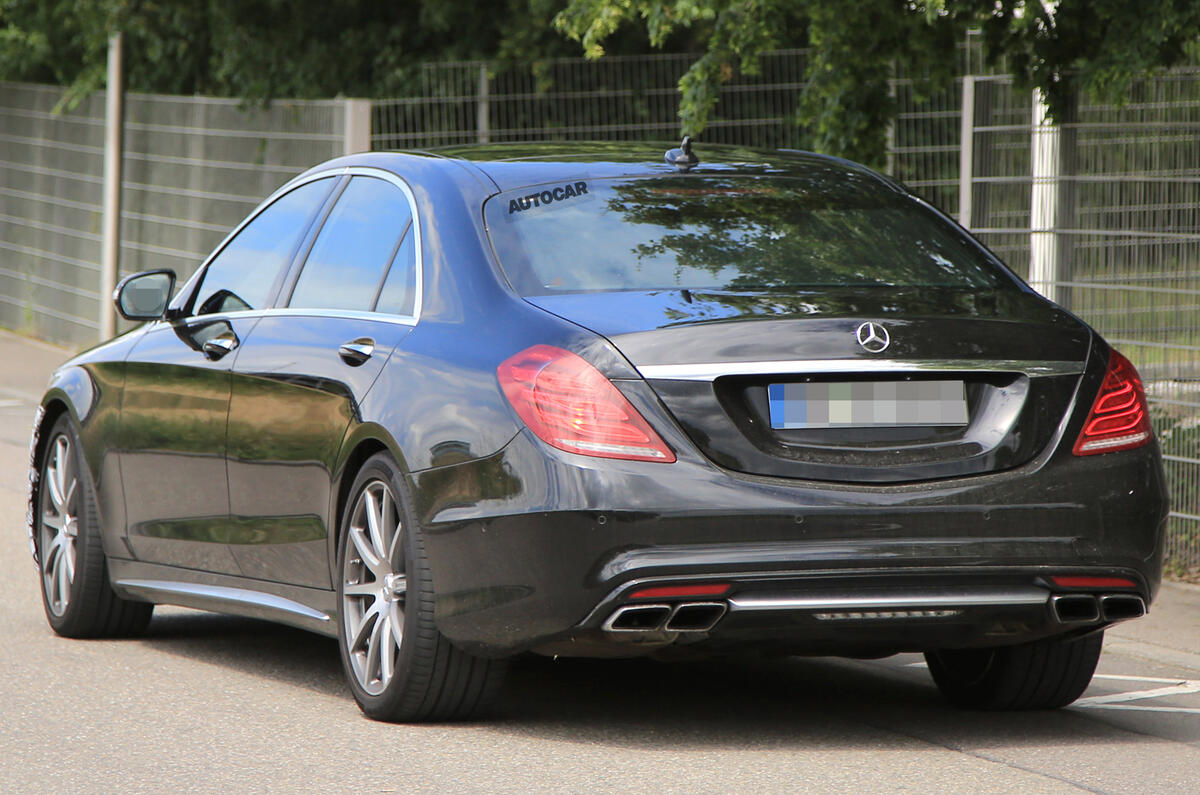
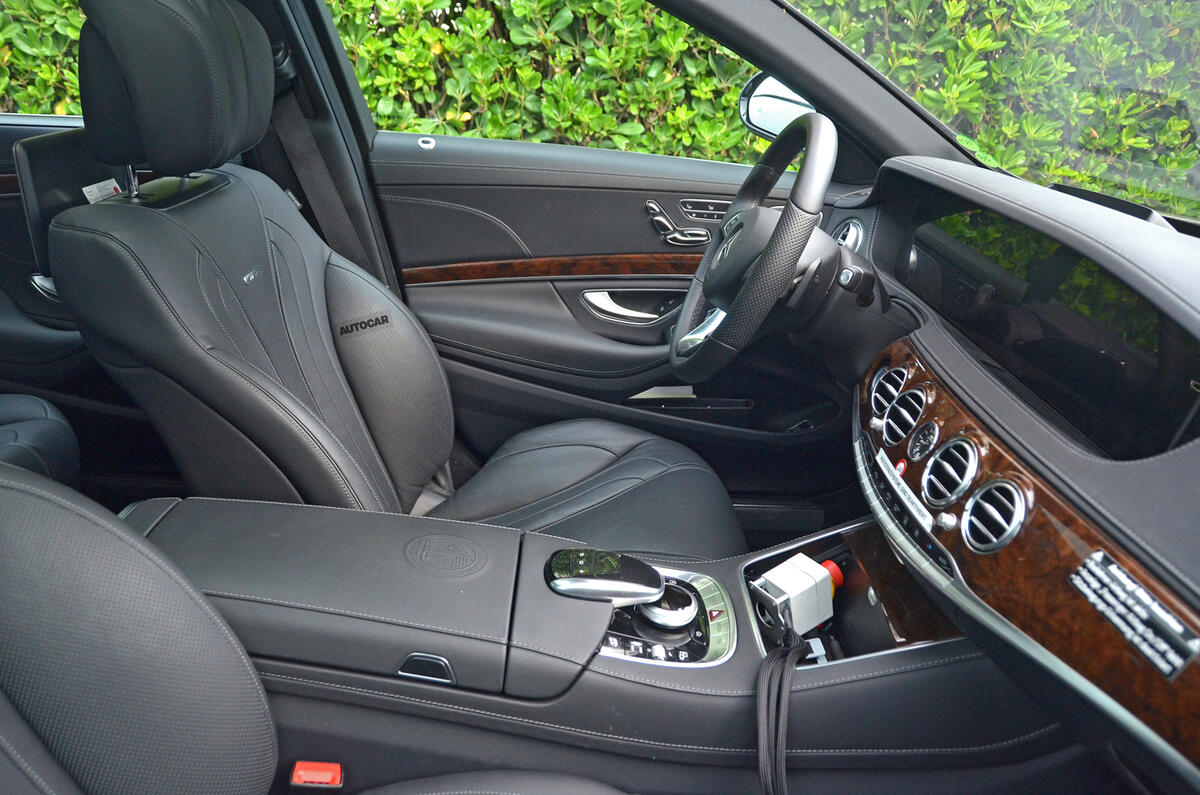
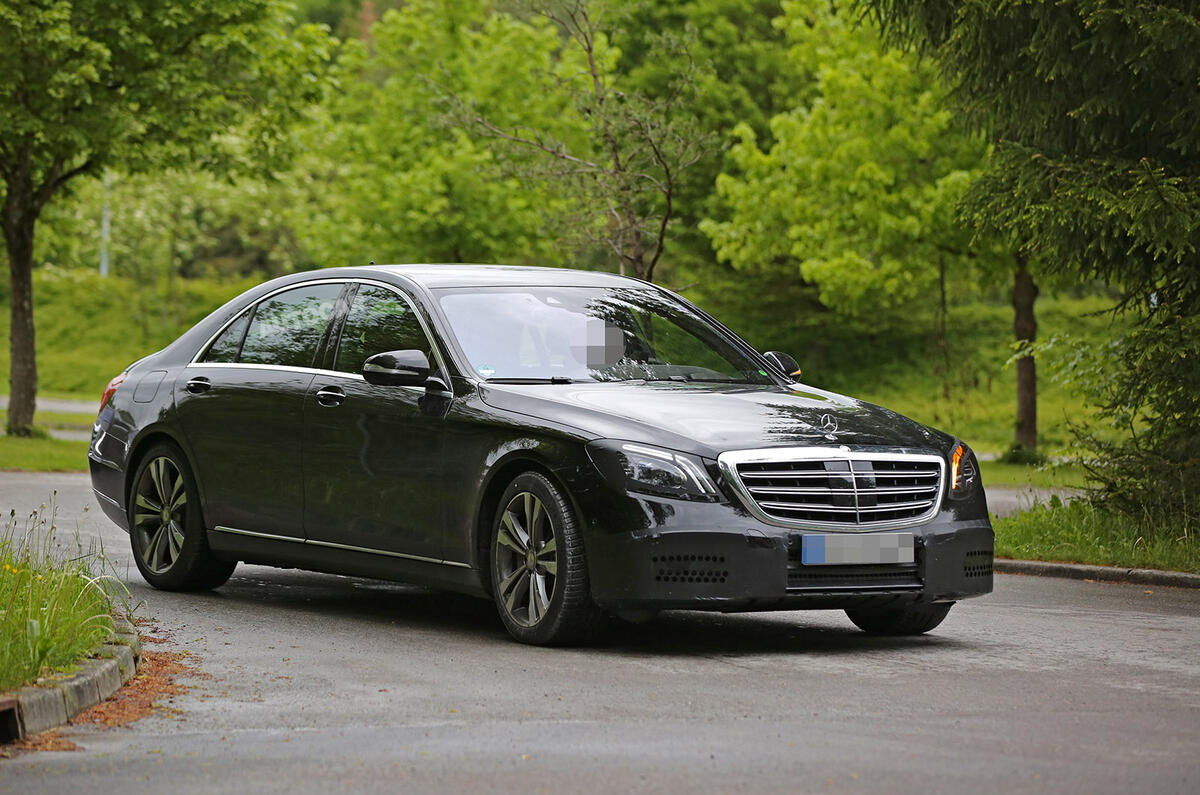


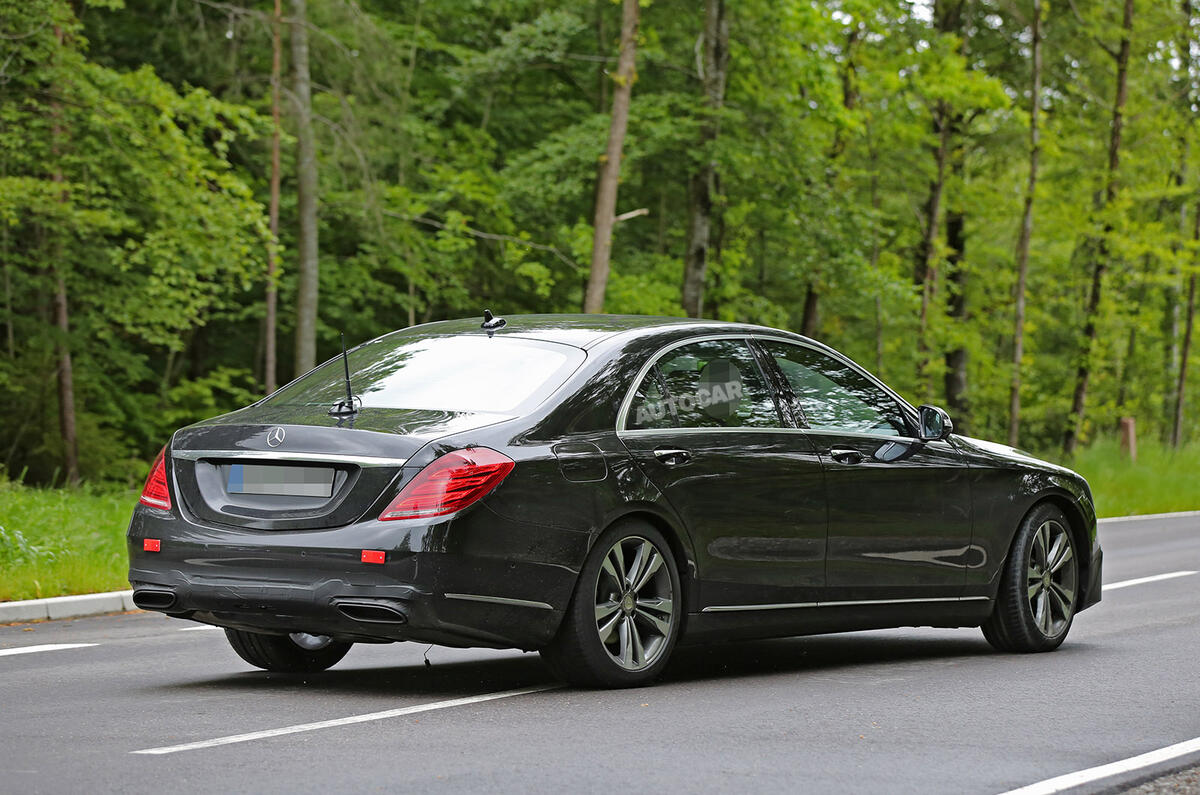
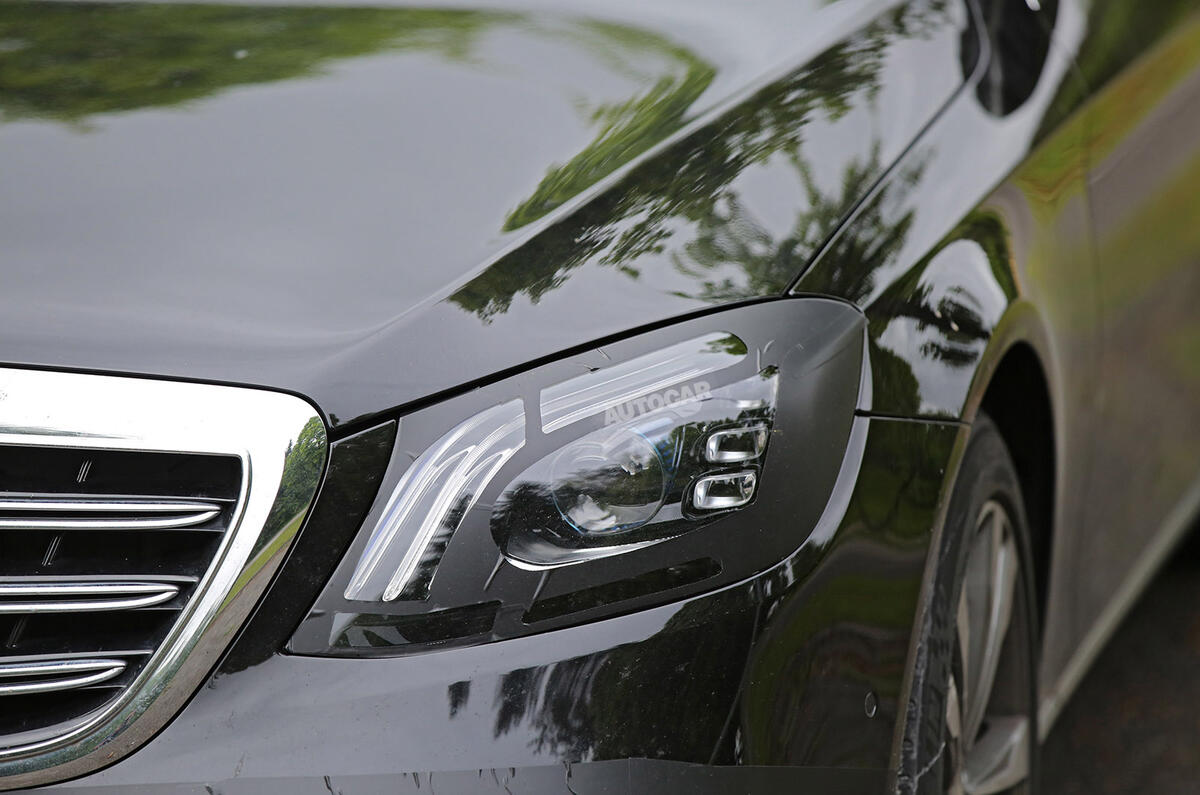
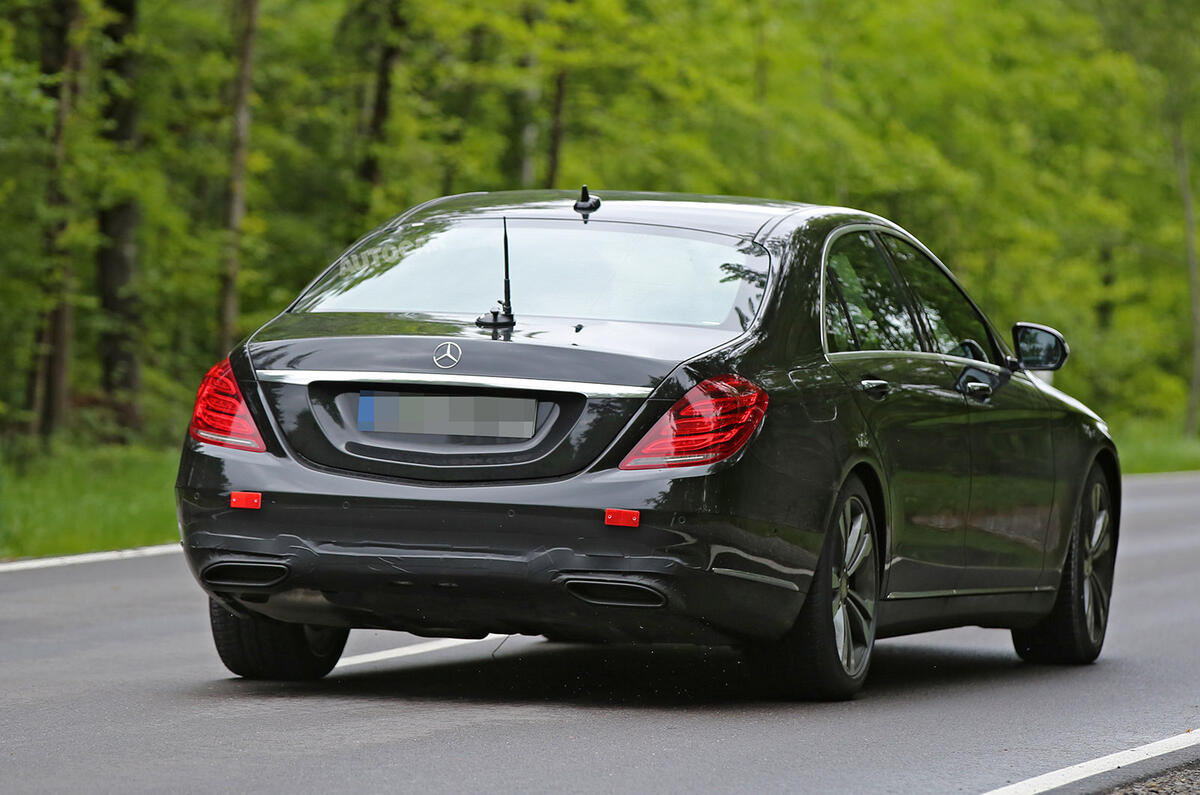
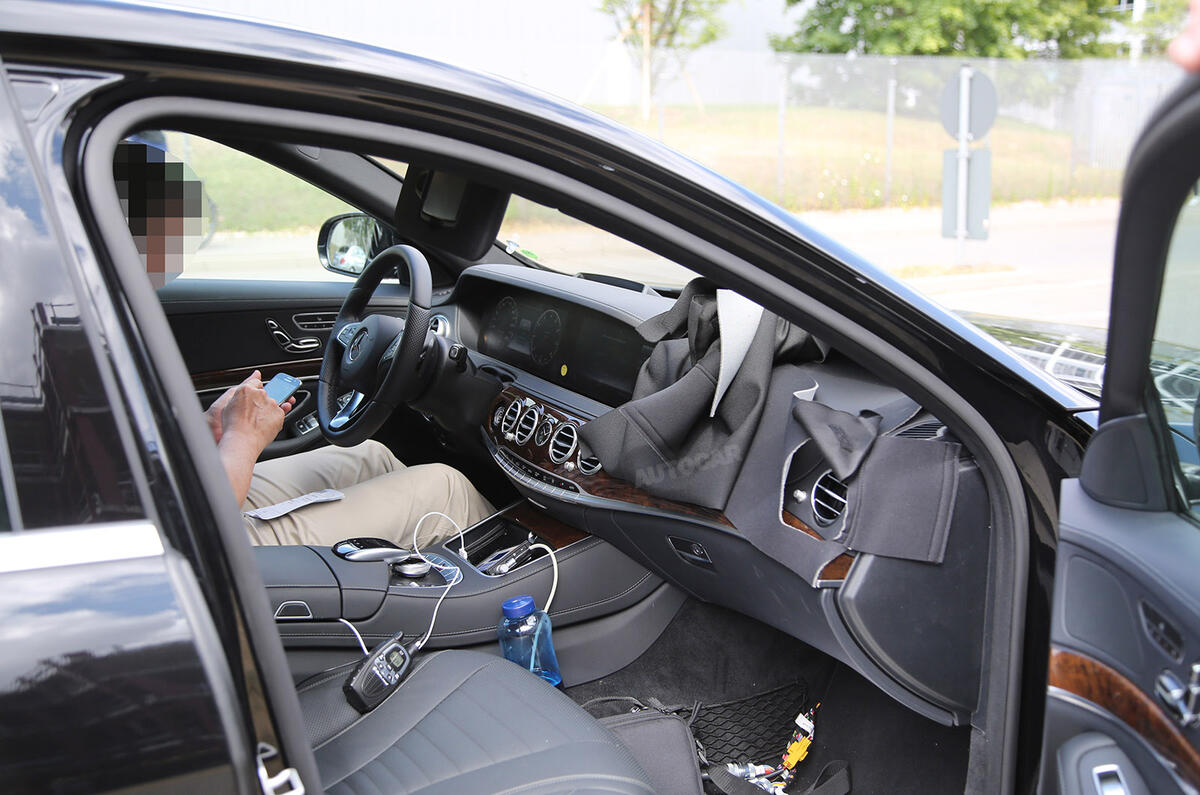
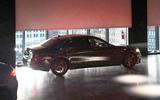
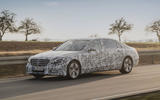
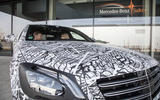
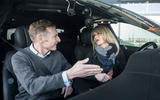
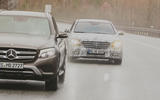
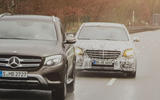

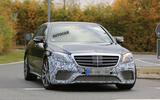
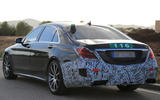

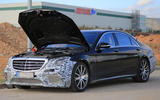
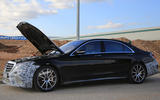

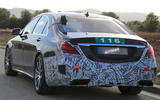
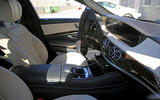
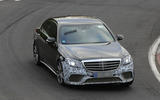

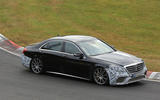
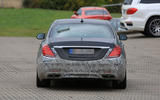

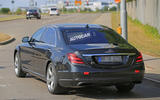


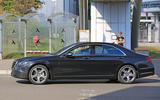
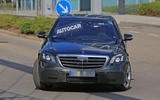
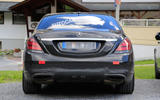
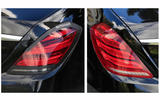
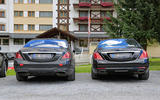
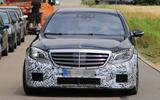
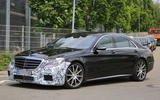
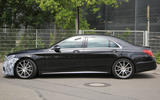
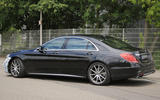
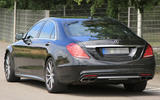
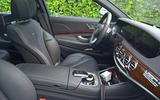
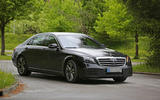

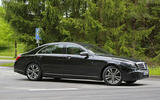
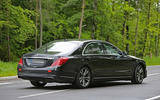
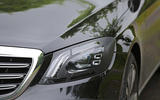
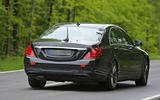
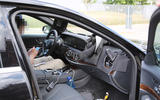

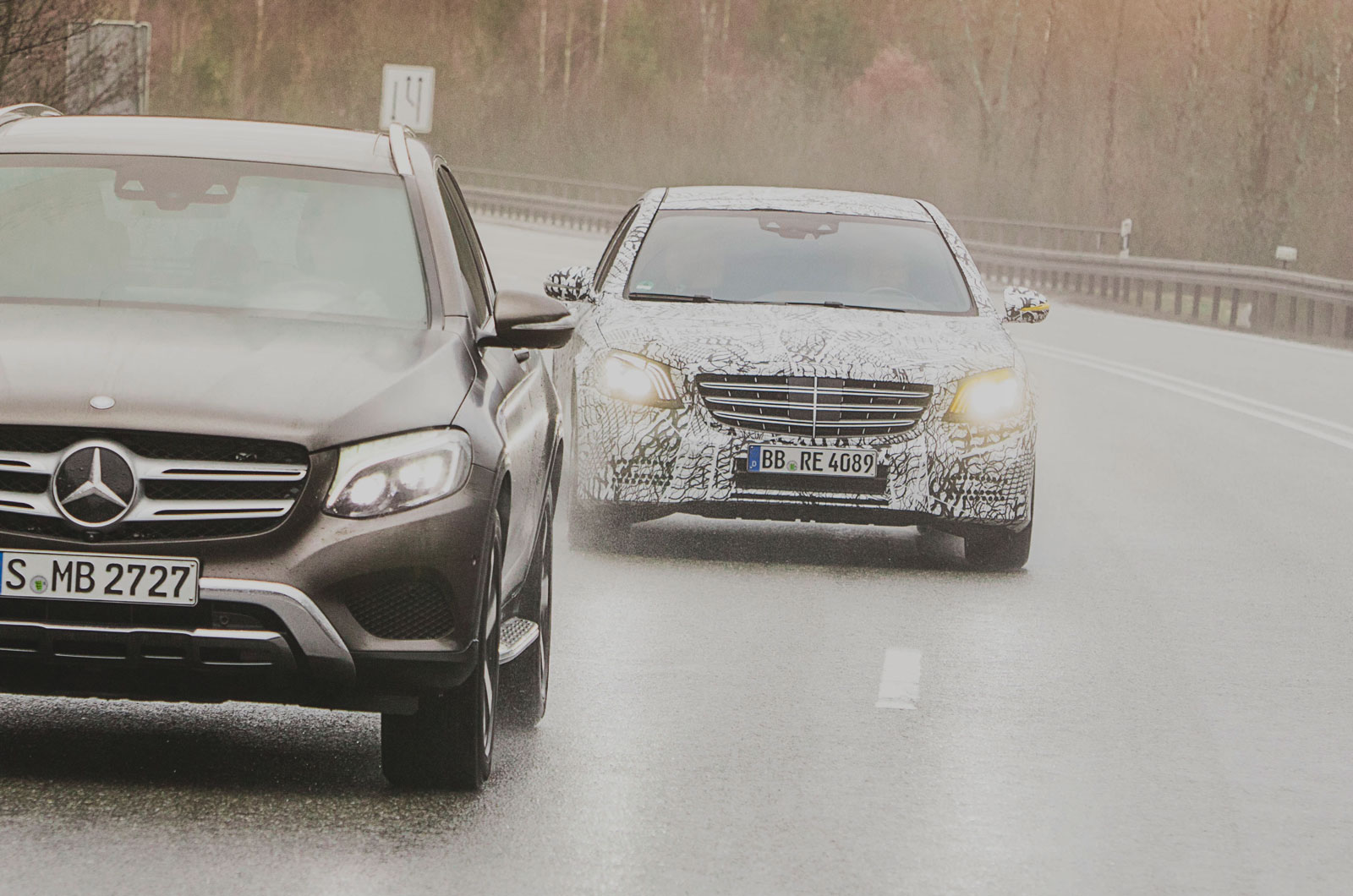
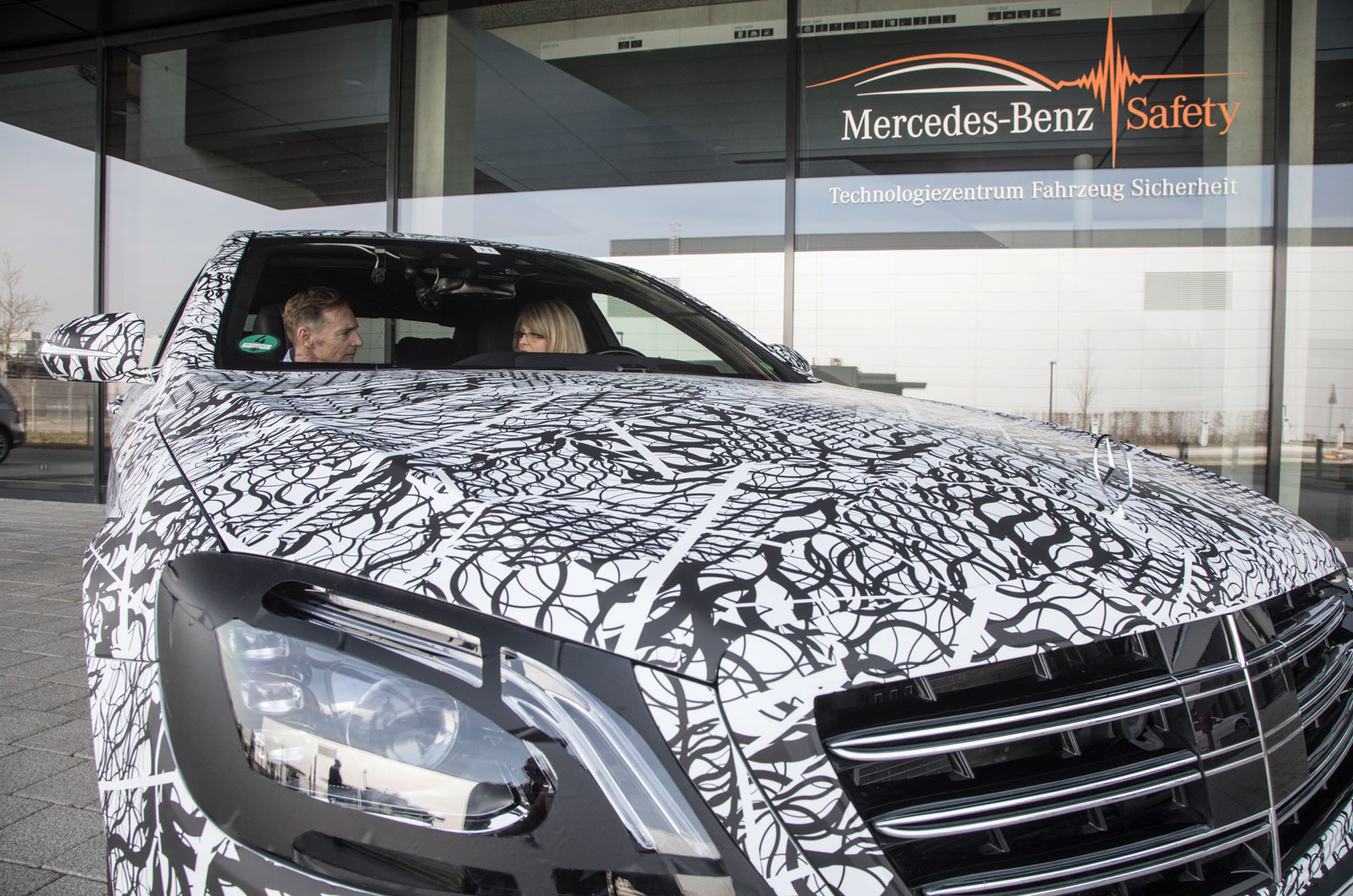

Join the debate
Add your comment
Russian Roulette
@MarkII - opposite for me
@Deputy - Engineering Limitations
Speed Limit + 10%
Used nightmare